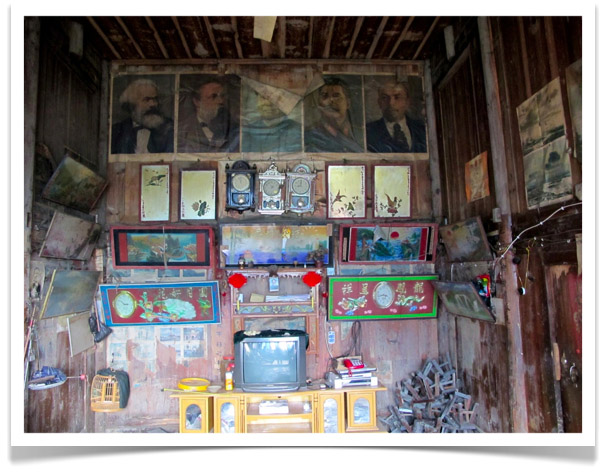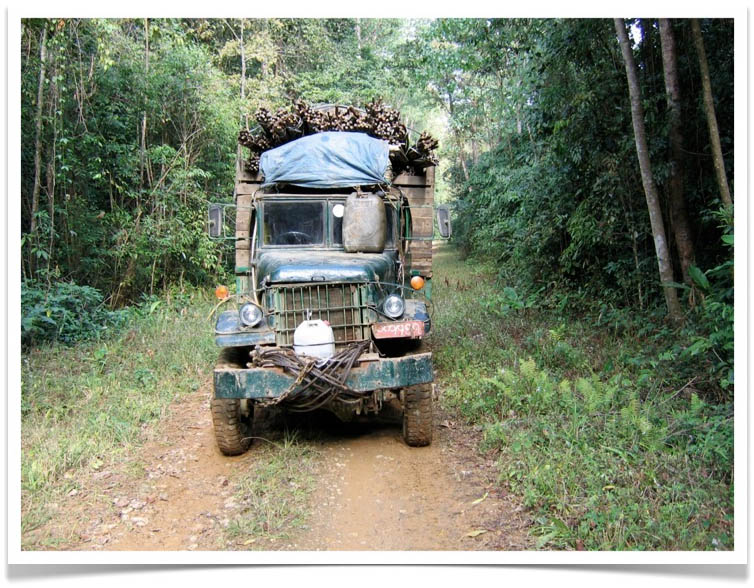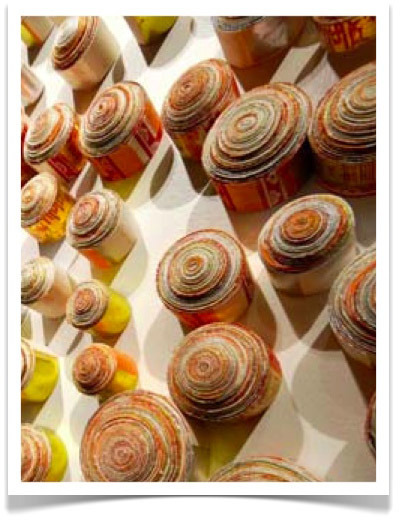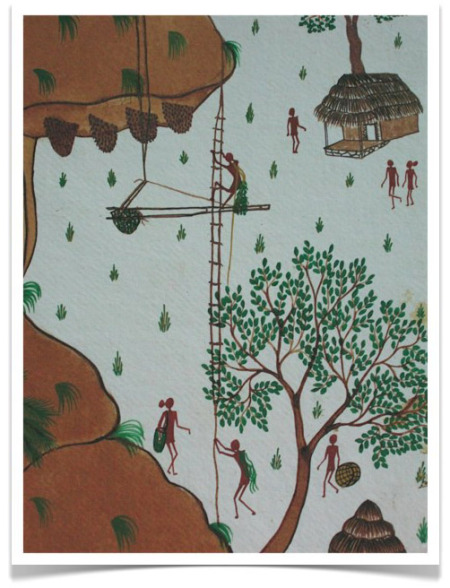Miao Seamstress
 Saturday, May 29, 2010 at 11:08PM
Saturday, May 29, 2010 at 11:08PM 
Our last interview in Xijiang yesterday was with a women who makes embroidered panels for traditional Maio garments. The amazing skirt that she is holding took over a year to produce. A detail of one of the panels is shown below.

When combined with the blouse, the necklaces, the bangles, and the headress, the whole Miao ensemble looks like this:

[NOTE: The women shown above are from the Miao village of Lang De].













